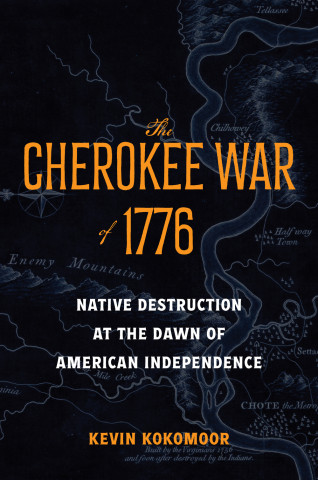
Reviews
A provocative starting point for discussion, further study, and independent assessment.
A well-writtem, traditional, and brief narrative of the period from the end of the Mexican War to the conclusion of the Civil War... Shows the value of traditional political history which is too often ignored in our rush to reconstruct the social texture of society.
Sewell's style is fast moving and very readable... An excellent volume summarizing the stormy period prior to the war as well as a look at the military and home fronts.
The best short treatment of the sectional conflict and Civil War available... Sewell convincingly demonstrates that the conflict was a revolutionary experience that fundamentally transformed the Republic and its people, and left a racial heritage that still confronts America today. The result is a poignant discussion of the central tragedy of American history and its legacy for the nation.
Tailored for adoption in college courses. Students will find that the author has a keen eye for vivid quotations, giving his prose welcome immediacy.
Book Details
Editor's Foreword
Chapter 1. The American People at Mid-Century
Chapter 2. The Legacy of the Mexican War
Chapter 3. "A Hell of a Storm"
Chapter 4. "And the War Came"
Chapter 5. Call to Arms
Chapter 6. The
Editor's Foreword
Chapter 1. The American People at Mid-Century
Chapter 2. The Legacy of the Mexican War
Chapter 3. "A Hell of a Storm"
Chapter 4. "And the War Came"
Chapter 5. Call to Arms
Chapter 6. The War at Home
Chapter 7. The Blue and the Gray
Chapter 8. The Destruction of Slavery
Chapter 9. Looking Ahead: Wartime Reconstruction
Bibliographical Essay
Index





